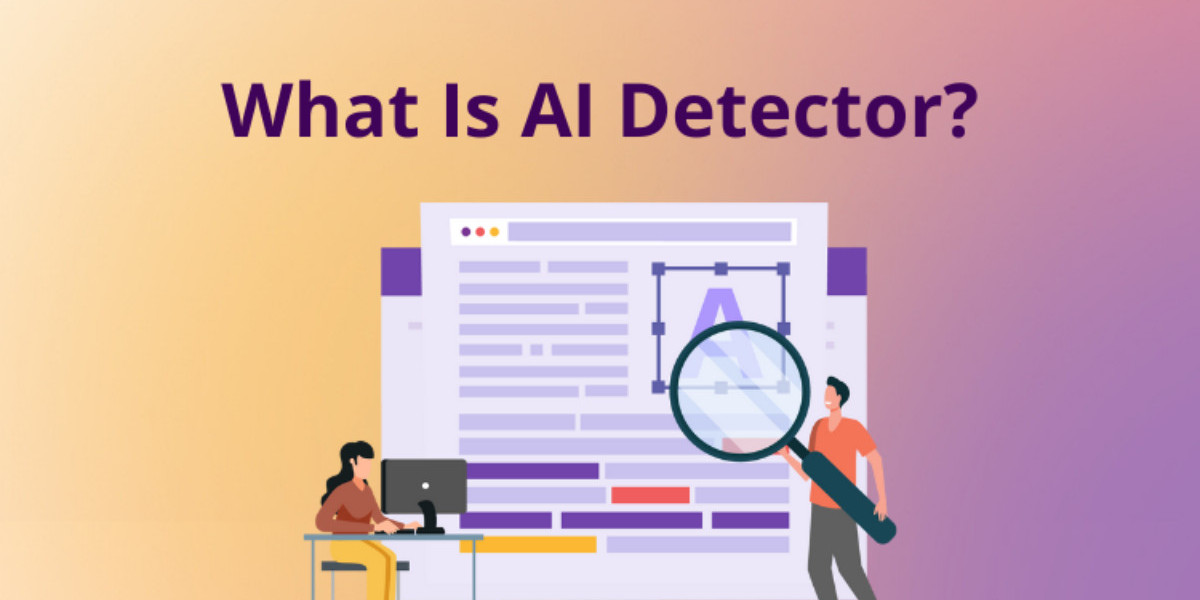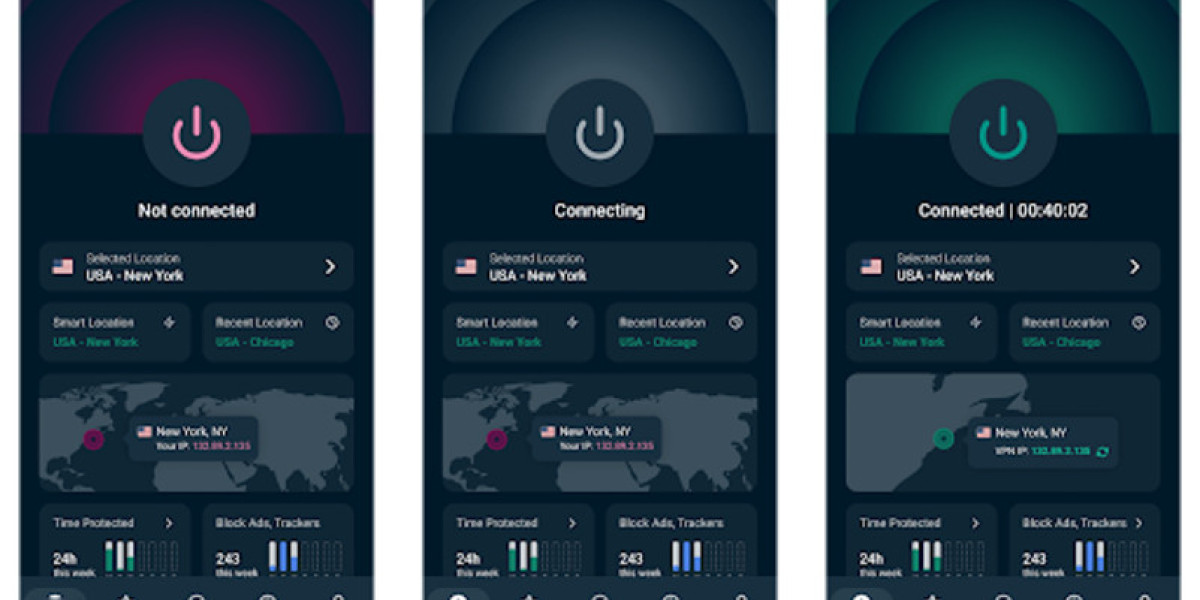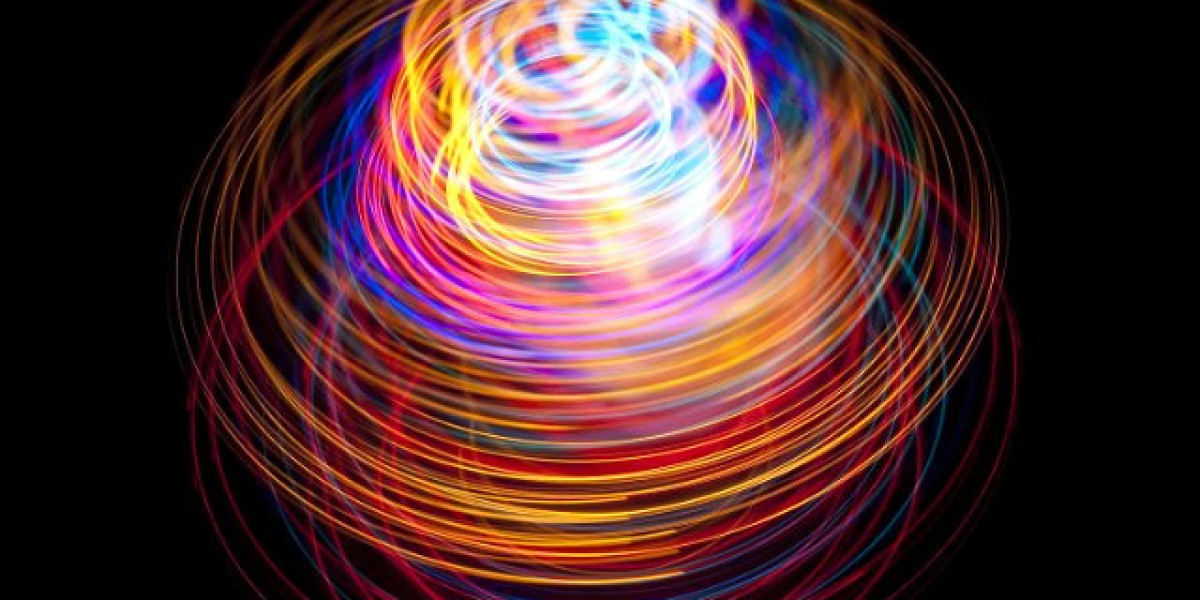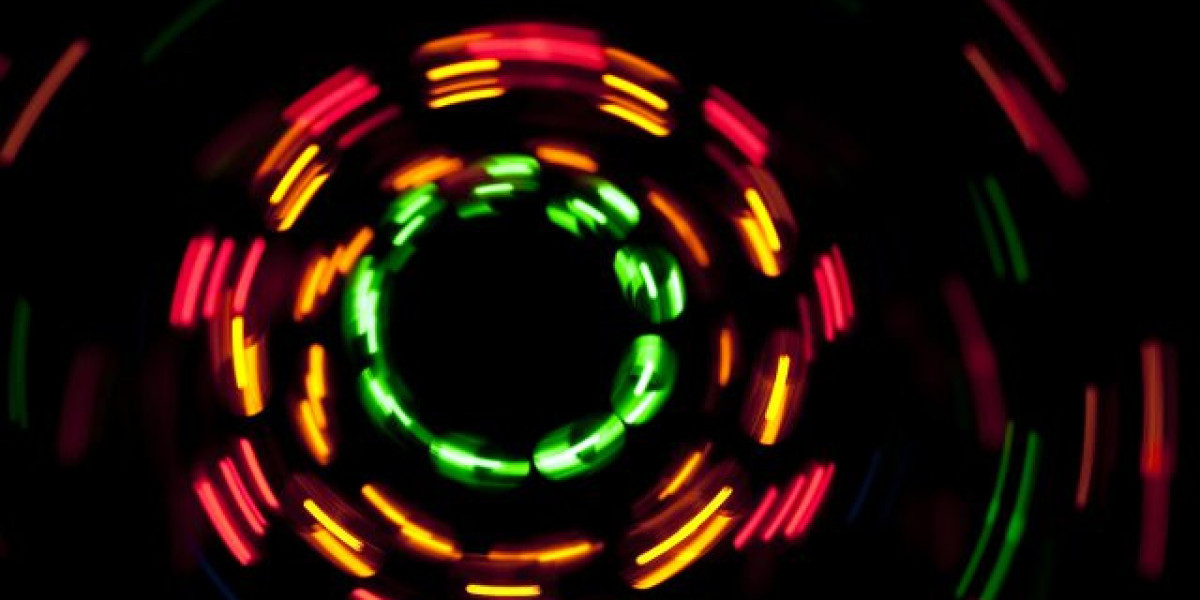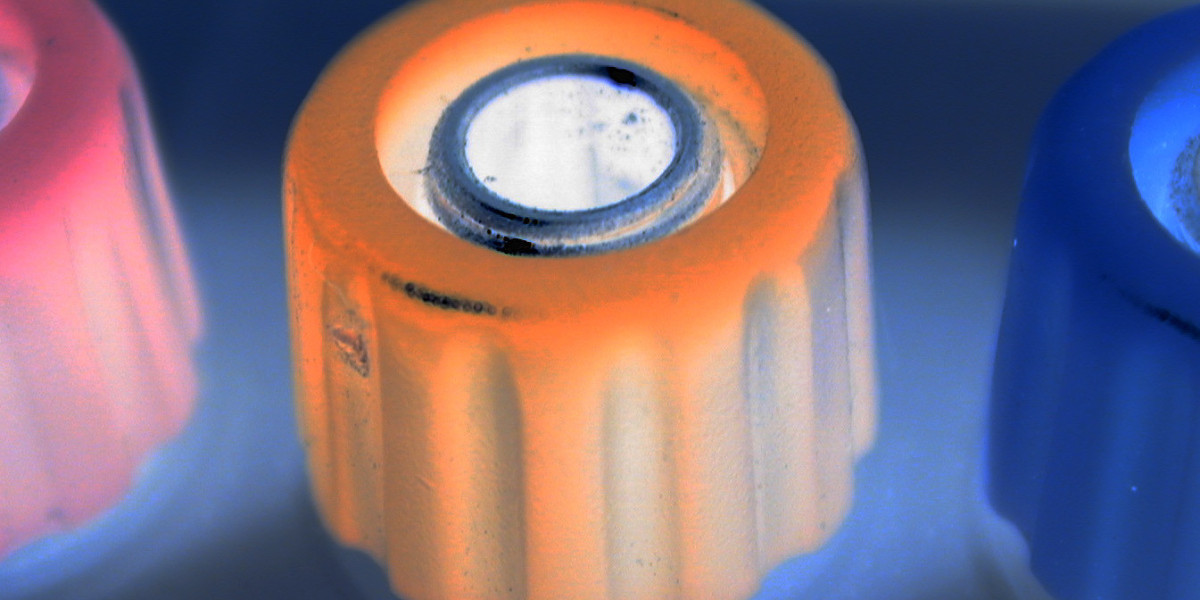In an era where artificial intelligence writes essays, crafts marketing campaigns, invents product descriptions, and even produces emotional storytelling, the ability to recognize machine-generated content has become essential. This is where the AI detector steps in—an invisible guardian watching over the digital landscape, ensuring clarity, authenticity, and accountability.
The rapid rise of AI writing tools has changed the way the world communicates. While these tools offer convenience and speed, they also introduce uncertainty. Who wrote this? A person with lived experience—or a machine that generates words based on probability?
Why AI Detectors Matter More Than Ever
Artificial intelligence has reached a level where its writing can feel surprisingly human. It captures tone, rhythm, transitions, and even emotional nuance. But the expansion of AI-generated content comes with important concerns:
Are students submitting their own work or the output of a machine?
Are brands publishing original content that reflects their true voice?
Are news articles authentic or computer-generated misinformation?
Are businesses receiving real emails or automated spam written by bots?
An AI detector helps clarify the source, functioning as a digital truth-checker in a world overflowing with automated words.
Whether you’re a teacher, marketer, SEO expert, business owner, or editor, detection tools have become essential to maintaining trust.
How an AI Detector Actually Works
Although every detector uses its own combination of algorithms, most rely on the same foundational principle: pattern recognition.
AI writing has subtle traits—things most readers don’t notice but algorithms can detect instantly. These include:
Highly predictable word patterns
Repetitive sentence structures
Overly balanced paragraph rhythm
Lack of spontaneous human “imperfections”
Probability-driven transitions that follow a machine logic
Limited emotional variability
Humans, on the other hand, write with inconsistencies. We change tone unexpectedly. We break grammatical rules for style. We use unusual metaphors, personal experiences, and emotional contrast.
An AI detector examines these differences and calculates the likelihood that the content came from a machine. It doesn’t judge quality—it assesses origin.
Where AI Detectors Are Becoming Essential
1. Education
Teachers and professors face a new challenge: AI-assisted homework. Students can generate essays in seconds, making it difficult to evaluate authentic learning. AI detectors help institutions uphold academic integrity while still allowing AI to be used as a learning support tool rather than a shortcut.
2. Publishing & SEO
Search engines emphasize originality. Websites filled with copied or AI-heavy content risk ranking penalties or visibility loss. SEO professionals and editors use AI detectors to ensure their articles are human-centered and valuable, not mass-generated.
3. Journalism & Media
News platforms must confirm whether sources, statements, and articles are created by humans or automated systems. With misinformation spreading faster than ever, detectors help preserve credibility.
4. Corporate Communication
Companies use detectors to protect their brand voice. Whether it’s an internal report or a social post, detectors help teams ensure the writing aligns with real brand identity.
5. Freelance & Client Work
Clients often need to confirm whether they’re receiving genuinely crafted content rather than generic AI text. Detectors provide transparency and trust on both sides.
Common Myths About AI Detectors
Myth 1: They are 100% accurate
No detector in the world can guarantee perfect accuracy. AI evolves constantly, and detectors are always catching up. The purpose is to provide probability, not a verdict.
Myth 2: Human writing can’t be flagged
It can—especially formal or robotic-sounding content. Some humans naturally write in a pattern similar to AI, especially in technical fields.
Myth 3: AI writing always gets detected
It doesn’t. Skilled writers can “humanize” AI-generated text, adjusting tone, pacing, and emotional depth. Advanced AI can also mimic human imperfection.
Myth 4: AI detection is only for teachers
Today, nearly every industry uses AI detectors in some form, from marketers to legal teams to publishers.
The Future of AI Detection
The next generation of AI detectors will likely focus on deeper analysis. Instead of just identifying whether a text is machine-generated, future systems may:
Detect emotional authenticity
Recognize context-aware patterns
Identify hybrid writing (human + AI collaboration)
Offer real-time guidance inside writing platforms
Map the “voice consistency” of a brand or individual
As AI becomes more fluent, detection tools must become more intuitive, blending linguistic science with behavioral analysis.
We may soon see detectors integrated directly into email clients, CMS platforms, CRM systems, and social apps—automatically identifying AI-generated content without requiring manual scanning.
Why Authenticity Still Matters
Even with advanced AI tools, the human voice remains irreplaceable. Personal stories, emotional truth, and lived experience cannot be artificially manufactured.
An AI detector isn’t an enemy of technology. It is a balance-maker—a tool that protects originality while allowing AI to be used responsibly.
It helps ensure that human creativity continues to shine in a world where machines can imitate almost everything except genuine human insight.
Final Thoughts
The AI detector has become a powerful ally in a digital environment overflowing with machine-made communication. It brings transparency where the lines have blurred, and it restores trust in an age where content can be created faster than ever before.
Artificial intelligence may be growing smarter every day, but authenticity remains the most valuable currency online. And the AI detector is the compass that helps us find it.
